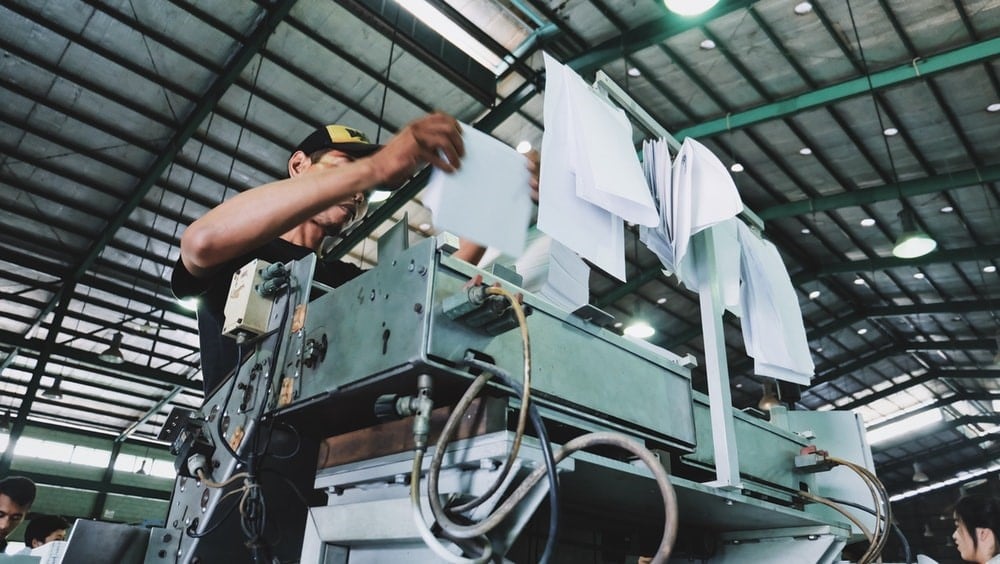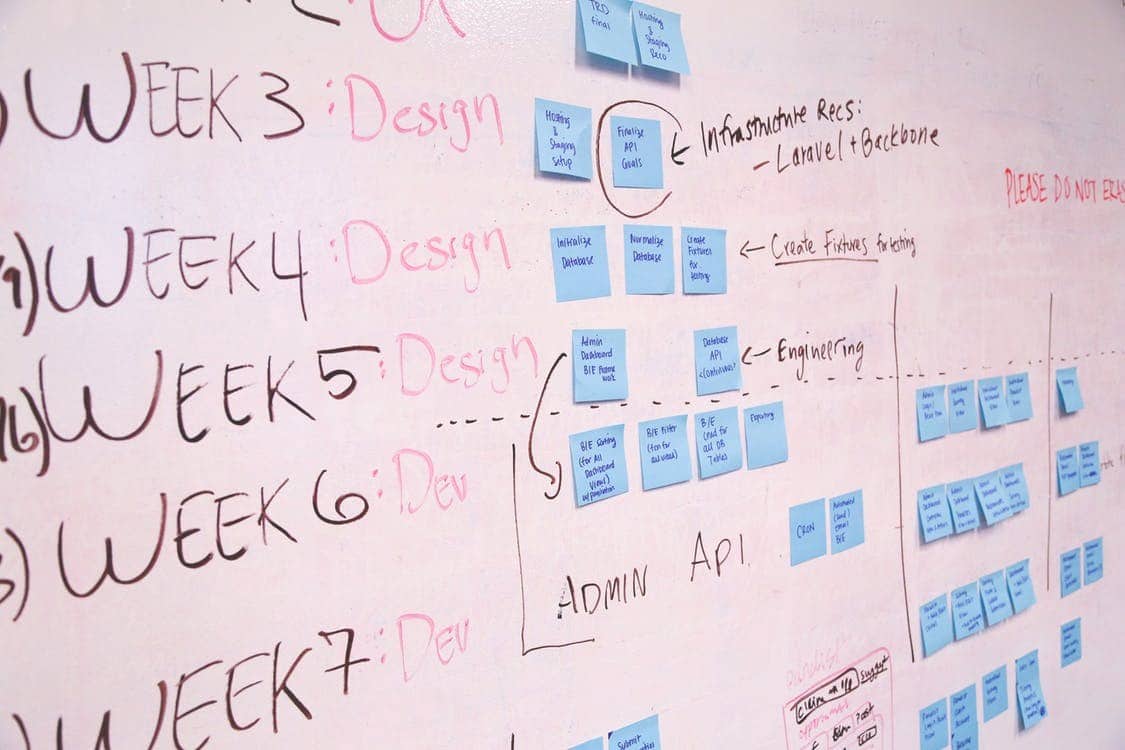What a Designer Needs to Know About Your Project
When you need something designed, it can be difficult to know what exactly a graphic designer needs to know about your project. When you don’t know much about a discipline, it can feel impossible to determine what is important. While we’ve written before some basic tips about graphic design, it still may not be helpful figuring out what to tell a graphic designer.
So, where to start? Well, the most important thing to do is to write a design brief that communicates what a graphic designer might need to know about a project. This will help the project run smoothly. All well and good, but what kind of information should go in a design brief? How much is too much? Here, we’ll go over some possible information for you to include in a design brief, along with some questions that you should be thinking about for your project.
Background
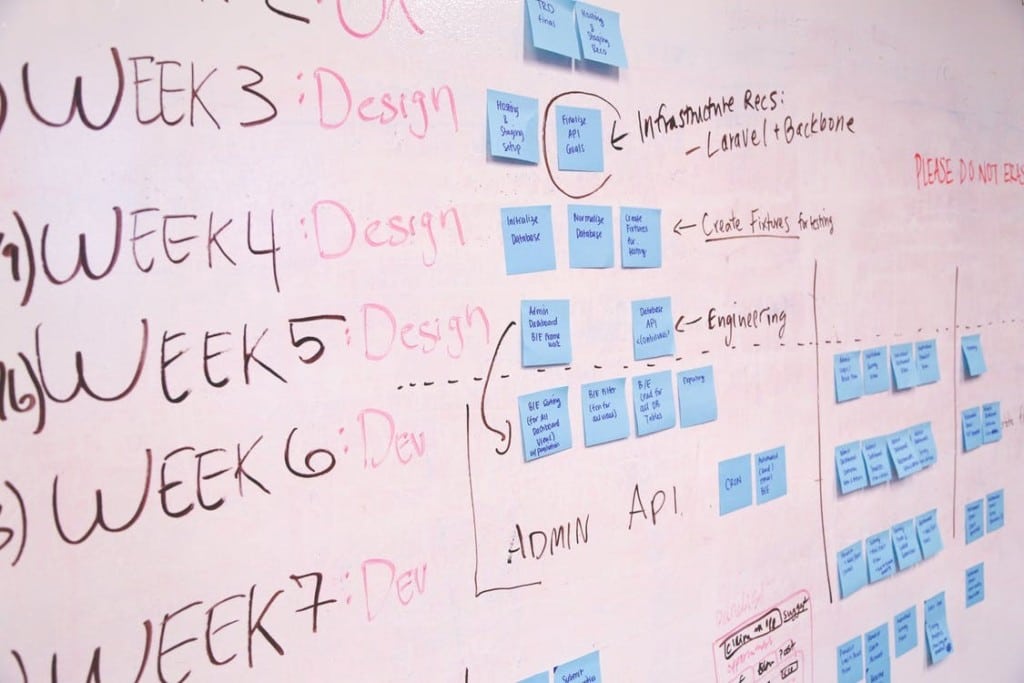
Without a firm foundation to work from, your graphic designer won’t have a good idea of what’s important for this project. Without understanding why the project exists, it’s difficult for a graphic designer to meet your needs. It’s also important for you to remember not to assume information a designer may not have. You know everything leading up to the project, what your business is about, and all the little details that will make a successful project. While your designer can certainly infer some of this with research, making everything clear will remove the guesswork from design.
Here are some possible questions to answer when thinking about the background of your project.
- What is the project?
- Who is it aimed at? Customers? Internal use in your company?
- When does it need to be done by?
- What information about your company is relevant to the designer? What do you do? What do you consider your ‘identity’?
- Where will it be used and displayed? How will it be used and displayed?
- What requirements do you have?
Goals
Setting project goals is an important practice. Of course, the ideal outcome of any project is that it’s a riotous success and shoots your business into the stratosphere… But maybe make it a little more specific than that. If your designer knows your goal specifically, they’ll be able to better help you meet it. Try to be as specific as possible. Maybe instead of ‘create brand awareness’, it could be worded as ‘inform customers about a new service/product we are offering’. This will help your designer quickly get a sense of what you’re trying to accomplish and better determine how to fit your needs.
Here are some possibilities to think about when putting together a design brief about your goals.
- Are the goals for this project long term or short term? (This also affects scope.)
- How do the goals for this project tie into other goals your company is setting?
- What are some overall effects you would like to see?
- If you have multiple goals, what is your primary goal for the project?

Brand Standards
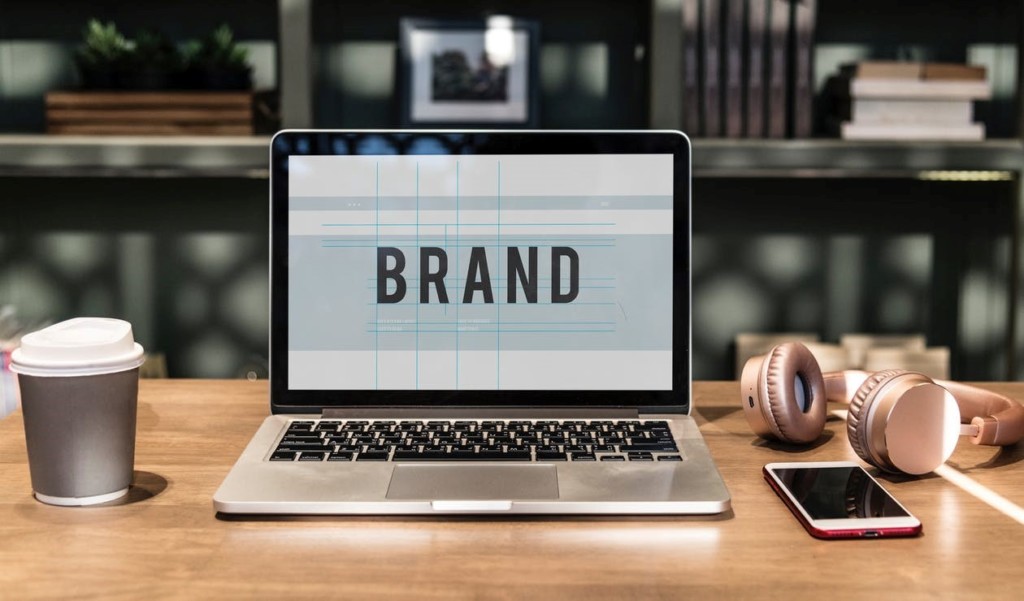
This is one of the most important things you can provide a designer to make sure your project doesn’t go awry. Brand standards are what you use to make sure your design doesn’t go awry. If your brand color is blue, you probably don’t want a designer to use bright orange. They’ll probably be able to figure that out, but there are other things that might not be as obvious. If at all possible, you should provide a brand guide to your designer. This will make sure they get everything right about your company, and if something’s wrong, it’ll be easier for you to figure out what. If you don’t already have a brand guide, you should probably look into having a designer make one.
Here are things to keep in mind when communicating your brand.
- What is important to your company’s brand identity?
- How is your project tied to your company’s brand identity?
- What should the designer be careful to avoid?
- What is your company not?
Your project may be affecting or changing some aspect of your already established brand. Here are some other things you could consider in the event of a redesign.
- What are you changing about your brand?
- Why are you changing it?
- Is there anything you already know you don’t want?
Personal Preferences

Some of this should be already obvious from your brand guidelines, but it’s important for a designer to understand your taste. There may be certain design approaches that better fit your taste along with your brand guidelines. However, if a designer hasn’t worked with you, it’s difficult for them to guess what exactly you’re after. One great way to go about this is to create a moodboard. You can easily assemble examples of what designs you’re attracted to, as well as possible looks that you think a designer could be inspired by. Pinterest is well known, but websites like Canva are also a great fit for moodboard creation. It’s also helpful to specify what aspects of a design you want your designer to draw from. Maybe you love the typography of a design, but if you don’t tell your designer, they may think you want them to draw from a totally different source.
Here are some questions you’ll need to think about when considering your personal preferences.
- What aspects of a potential design are musts and what aspects are simply preferred?
- What kinds of designs do you know you hate?
- What kinds of designs do you know you love?
- Is there anything you’re not certain of?
Provided Materials
If you’re asking a designer to make something for you, they probably won’t be doing everything on their own. You’ll probably want to provide, as we’ve already said, your brand guide. Along with that, you’ll want to provide your logo and other important brand elements so your designer can use them easily. However, on some projects, you’ll need to give more than that. Some projects will use things like copy and photography, and you’ll want to be clear on whether you expect the designer to procure some of that on their own.
Here are some possible things you’ll need to clear up over provided materials.
- What materials do you expect to be needed for the project?
- When will the materials be provided?
- What do you expect the designer to provide themselves?
- Does this affect the timeline of your project?

Budget
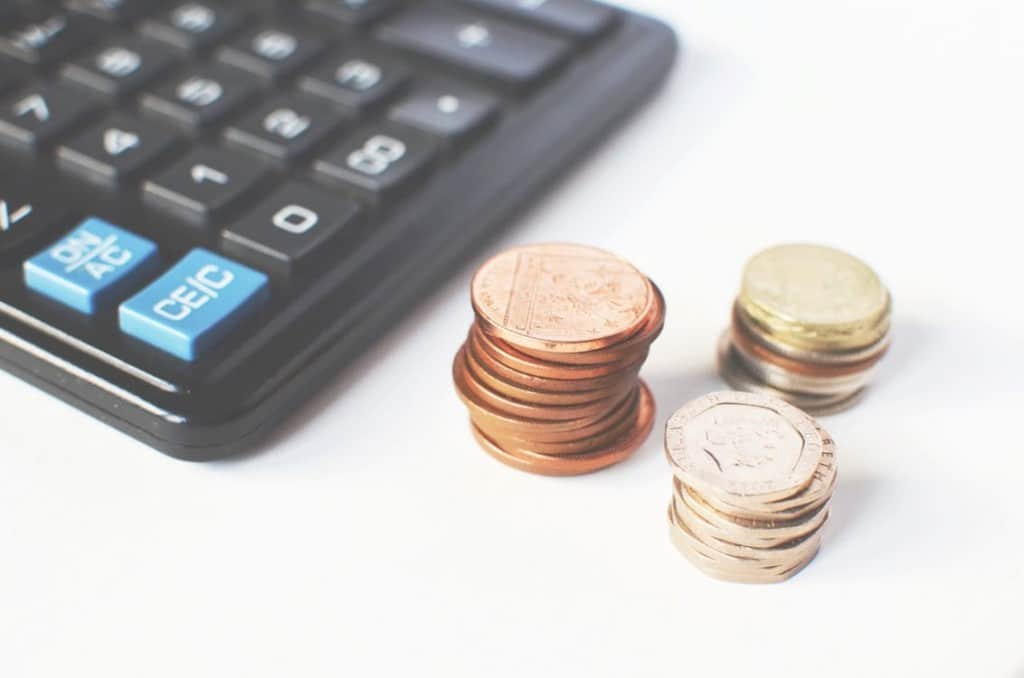
This can be a little scary to talk about. Sometimes, it can be difficult to determine how much attention a project will require from a designer, and you don’t want to overestimate and then spend too much, or overestimate and insult your designer. However, being honest and setting clear restrictions will help your designer get a sense of whether a project is a good fit for them. And if you’re really uncertain, it’s not wrong to ask a designer what their rates are.
- Here are some things to think about concerning budget.
- How many hours do you expect a project to take?
- Is it a flat fee for the project or per hour?
- Does the designer want you to pay partially up front?
- Is budget negotiable?
While this certainly isn’t everything that could go on a design brief, it’s a good place to get started. Remember to be clear when communicating with a designer and you’ll both be much happier in the long run.



